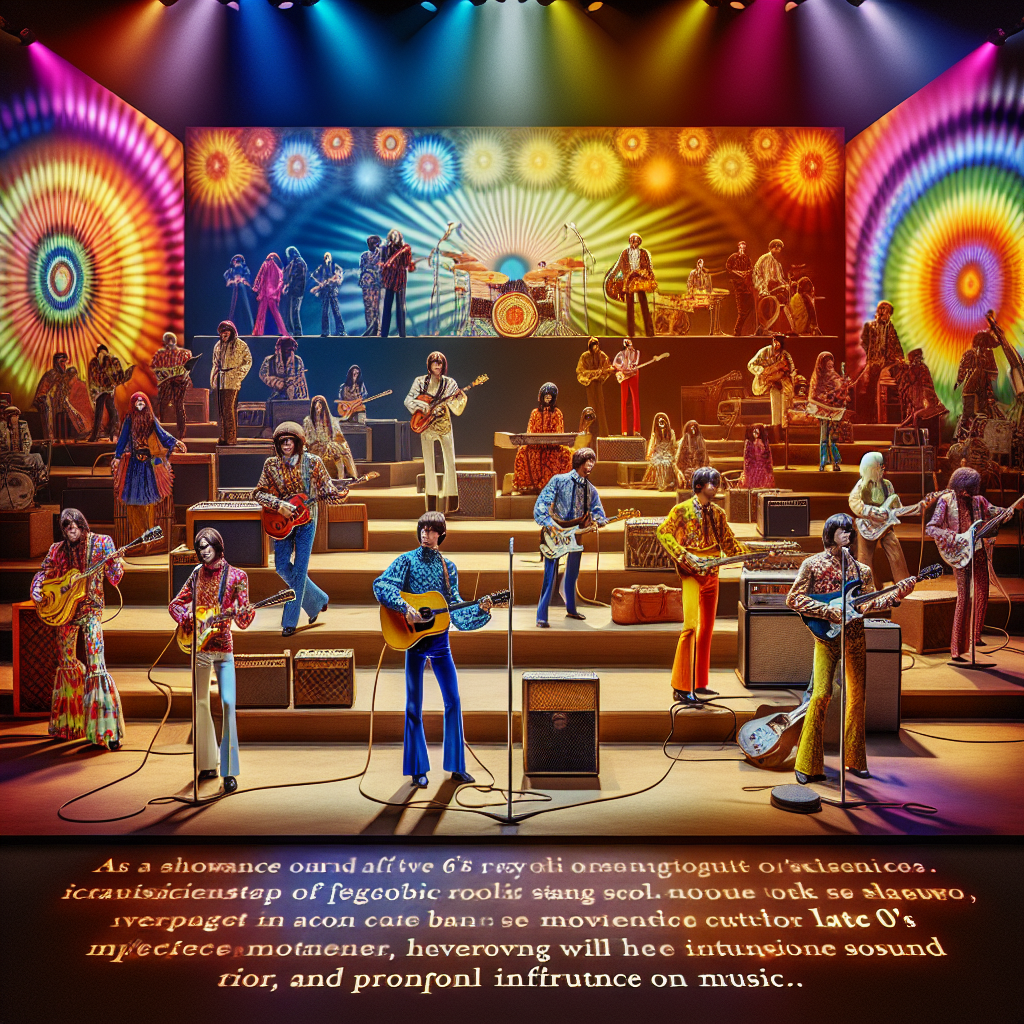The late 1960s saw a rise in the popularity of psychedelic rock music, with bands like Pink Floyd and The Doors leading the way. This genre of music was heavily influenced by the counterculture movement of the time, which sought to challenge traditional norms and values.
Psychedelic rock music was often associated with drug use and experimentation, as well as a rejection of mainstream society. Politicians and authority figures were often critical of this new form of music, seeing it as a threat to the status quo.
However, for many young people at the time, psychedelic rock represented a sense of freedom and self-expression. The music was often accompanied by elaborate light shows and visual effects, creating an immersive experience for fans.
In addition to its impact on music, psychedelic rock also had a significant influence on fashion and technology. Bands like Pink Floyd were known for their avant-garde style and use of innovative recording techniques.
Overall, the rise of psychedelic rock in the late 60s was a reflection of the changing cultural landscape of the time. It challenged conventions and pushed boundaries, paving the way for new forms of artistic expression.


Get involved!
Comments